12 Tips for Verifying the Authenticity of Vintage Furniture
When buying vintage furniture, it is essential to ensure that the piece is genuine and worth your investment. Authenticating furniture involves examining several key aspects, such as its construction, materials, and provenance. By knowing what to look for, you can confidently assess the quality and history of the piece, helping you avoid costly mistakes. Whether you’re a seasoned collector or a first-time buyer, taking the time to verify a piece’s authenticity will ensure you are making a smart and informed purchase.
This post may contain affiliate links, which helps keep this content free. Please read our disclosure for more info.
Research the Manufacturer’s Mark

The first step in authenticating vintage furniture is to research the manufacturer’s mark or label. Many reputable furniture makers used distinctive marks or stamps that can be traced back to a specific period or manufacturer. Understanding these marks can help you verify the authenticity of the piece and its origin. Checking the mark against known databases or resources dedicated to vintage furniture can also provide additional details about the furniture’s age and origin.
It is important to note that some manufacturers, especially those with a long history, might have used multiple marks over the years, so being aware of these changes is crucial. Sometimes, however, the absence of a manufacturer’s mark does not necessarily indicate that the piece is not authentic, so it is vital to consider other factors when verifying the furniture’s authenticity.
Examine the Construction Techniques
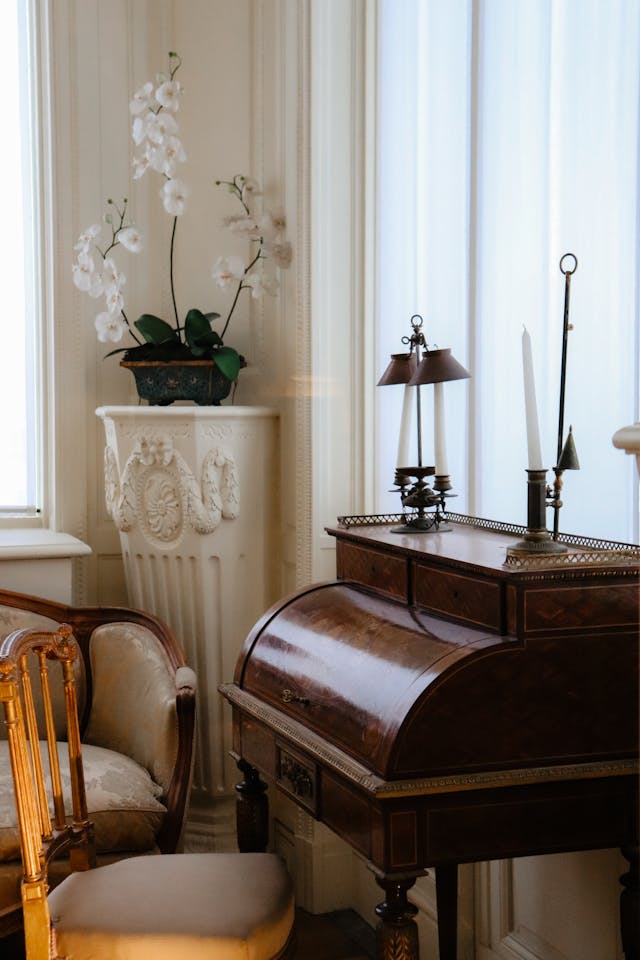
The way a piece of furniture is constructed can provide valuable insights into its age and authenticity. Vintage furniture often features joinery methods that were common in the past but are rarely used today. For instance, hand-cut dovetail joints are often a sign of quality craftsmanship in antique wooden furniture. Other techniques, such as pegged construction or hand-scraped surfaces, are also indicators of vintage furniture.
Modern reproductions often rely on machine-made construction methods, which are quicker and more cost-effective but do not have the same level of detail as vintage techniques. Being able to recognize these construction methods is essential when determining whether a piece is truly vintage or a reproduction.
Inspect the Wood Type and Grain
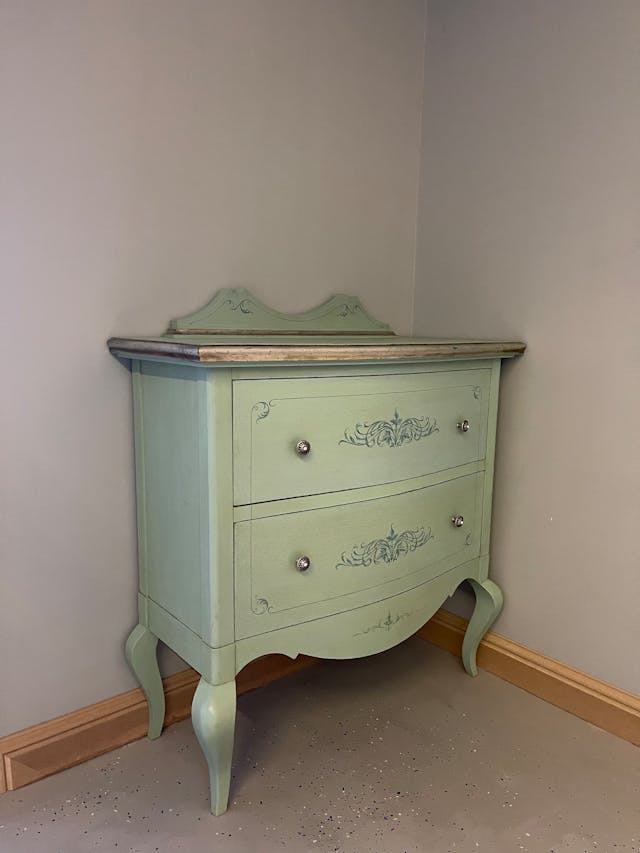
The type of wood used in vintage furniture can also help authenticate its age. Certain woods were popular in specific periods, so identifying the wood species can give you a clue about the piece’s authenticity. For example, walnut was popular in the 18th century, while oak was widely used during the mid-20th century.
Additionally, examining the wood grain can reveal whether the piece was crafted from solid wood or a veneer. Solid wood furniture typically has a distinct grain pattern, whereas veneer often looks more uniform. This can help differentiate vintage pieces from modern reproductions, which might use cheaper materials.
Look for Wear Patterns
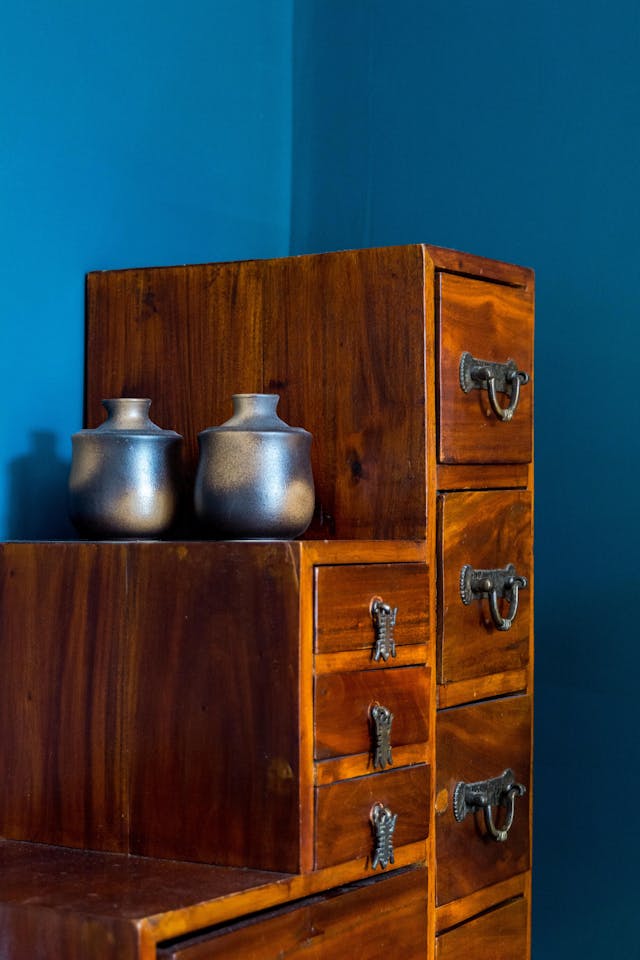
Authentic vintage furniture naturally develops wear patterns over time. These signs of use, such as slight scratches, fading, or patina on metal hardware, indicate that the piece has a history and is not a recent reproduction. Authentic furniture often shows signs of wear in places that are frequently touched, such as armrests, legs, or drawer handles.
The patina on wood, for example, can change in color and texture over the years due to exposure to light and air. Newer furniture, on the other hand, may look unnaturally pristine and polished, which could be a red flag. Pay attention to how the piece feels and looks in different areas for signs of authentic wear.
Investigate the Furniture’s Provenance
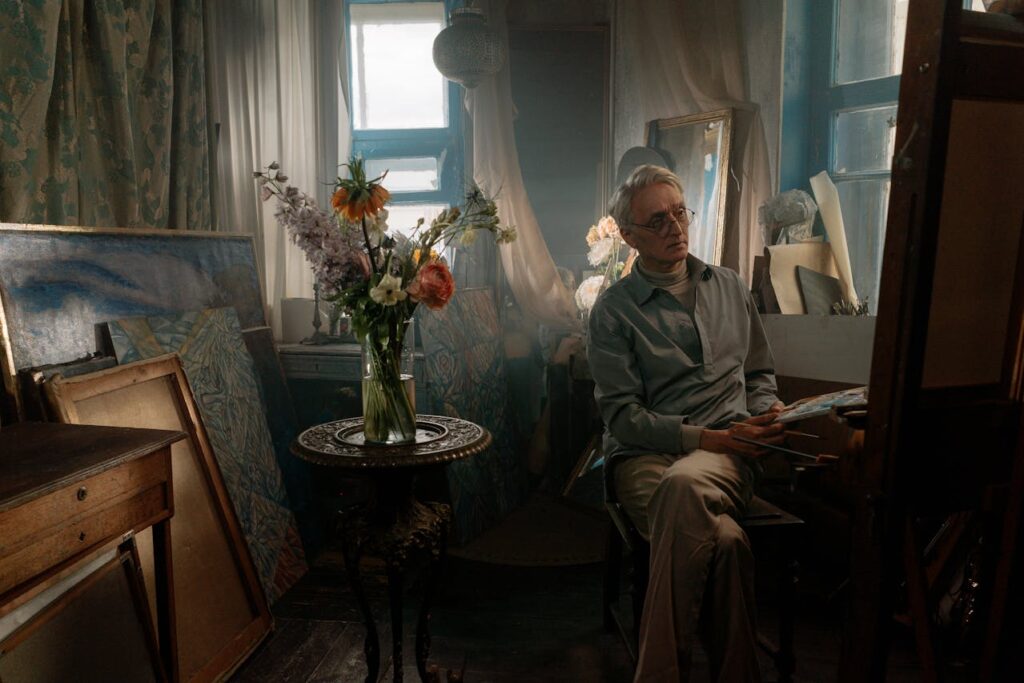
Provenance refers to the documented history of a piece of furniture, including details about its ownership, origin, and past sales. Having a solid provenance can greatly increase the value and authenticity of a vintage piece. Documents such as receipts, exhibition records, or family histories can provide evidence that the piece is genuine and not a reproduction.
If you are considering a high-value item, it is worth investing in researching the provenance. Sellers who cannot provide any documentation or history of the piece may be less trustworthy, so it is advisable to be cautious and consider further verification methods.
Check the Age of the Furniture
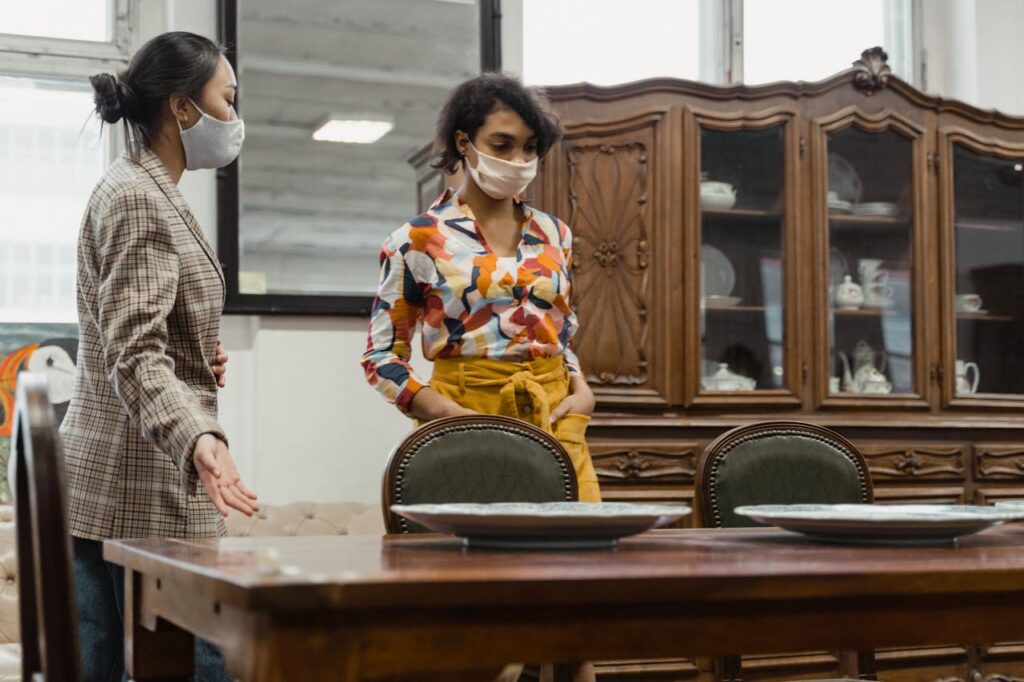
Knowing the approximate age of a piece of furniture is crucial in determining its authenticity. Certain styles and design trends were prominent during specific periods, so understanding the characteristics of furniture from different eras can help you make an informed decision.
For example, a Victorian-era chair will have different characteristics from one made in the mid-century modern period. Understanding the timeline of furniture styles allows you to compare the physical features of the piece with known examples from the era it is supposed to represent.
Consult an Expert for a Professional Appraisal
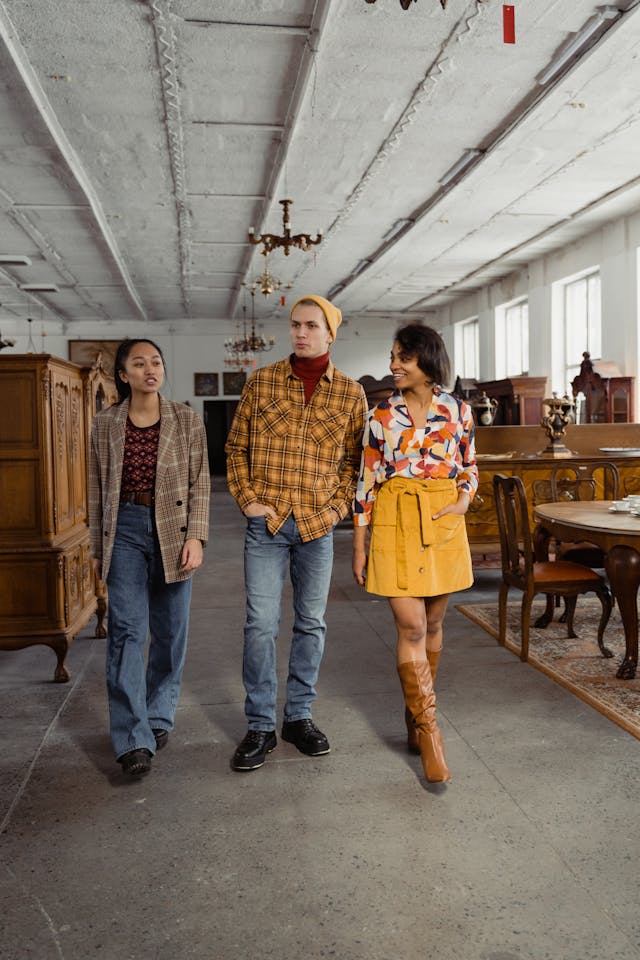
If you are uncertain about a piece’s authenticity, consulting an expert can provide the most reliable answer. Professional appraisers have years of experience and specialized knowledge that can help you determine whether a piece is authentic or not.
Appraisers can assess the materials, construction, design, and historical context of the piece, offering a detailed analysis. While their services come at a cost, their insights are invaluable when making significant purchases, especially for high-value vintage furniture.
Compare with Known Examples
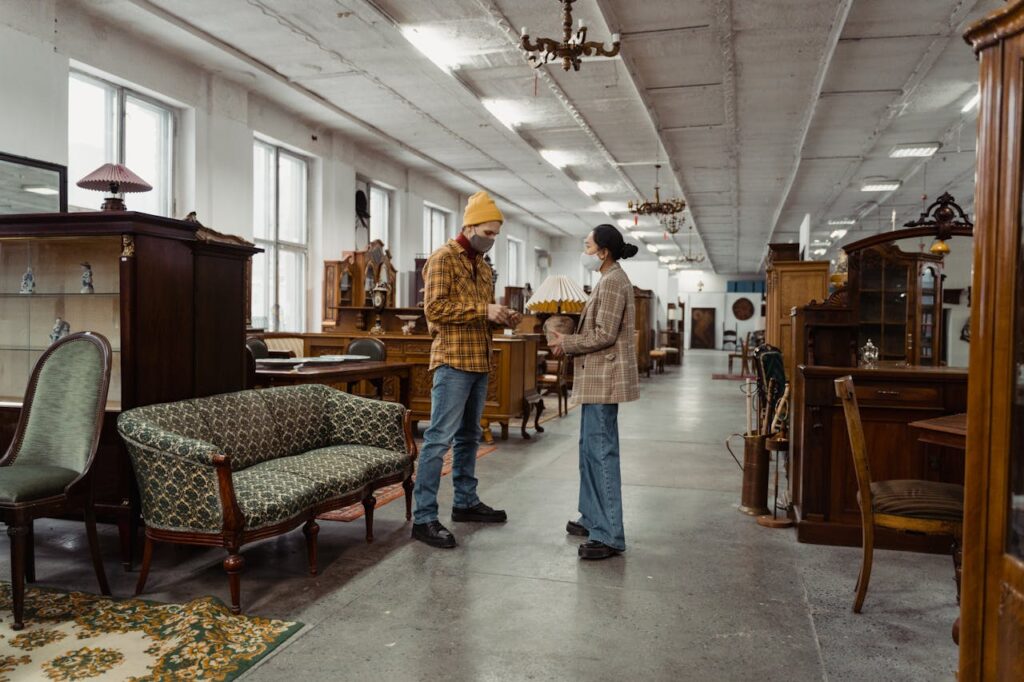
Another way to authenticate vintage furniture is by comparing it with known examples. Many collectors and dealers maintain databases of vintage furniture, which include detailed images and descriptions of specific pieces. By comparing the piece you are interested in with those examples, you can determine whether it matches in terms of style, materials, and construction methods.
Visiting museums or vintage furniture stores that specialize in the era you are interested in can also provide valuable insights. Comparing similar items can highlight discrepancies in design, finishes, or hardware, which may suggest that the piece is not authentic.
Investigate the Hardware and Details
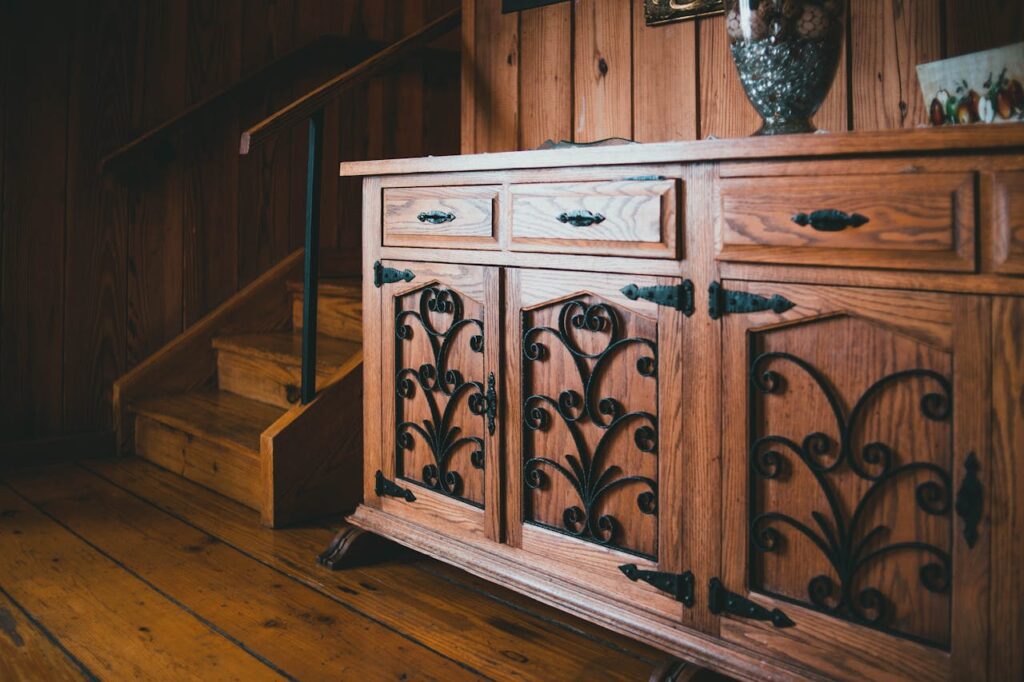
The hardware, such as hinges, locks, and knobs, can tell you a lot about a piece of furniture’s authenticity. Older furniture often uses hardware that was crafted by hand or with traditional methods, while modern reproductions often use mass-produced or stamped hardware. Checking for unique or original hardware can provide confirmation about the authenticity of the piece.
The quality of the hardware also matters; authentic vintage pieces typically feature sturdy, well-made hardware that complements the overall craftsmanship. If the hardware looks cheap or out of place for the period, this could indicate a reproduction.
Examine the Finish

The finish on vintage furniture plays a key role in authenticating its age. Over time, wood finishes naturally age and develop a unique patina that cannot be replicated in new furniture. Authentic finishes are often matte or have a slight sheen, while modern reproductions may have a glossier, uniform finish.
Pay attention to areas where the finish may have worn away, such as edges, corners, or places that were often touched. If the finish is consistent throughout the piece with no signs of age, it might be a clue that the piece is not as old as it claims.
Understand the Furniture’s Functionality
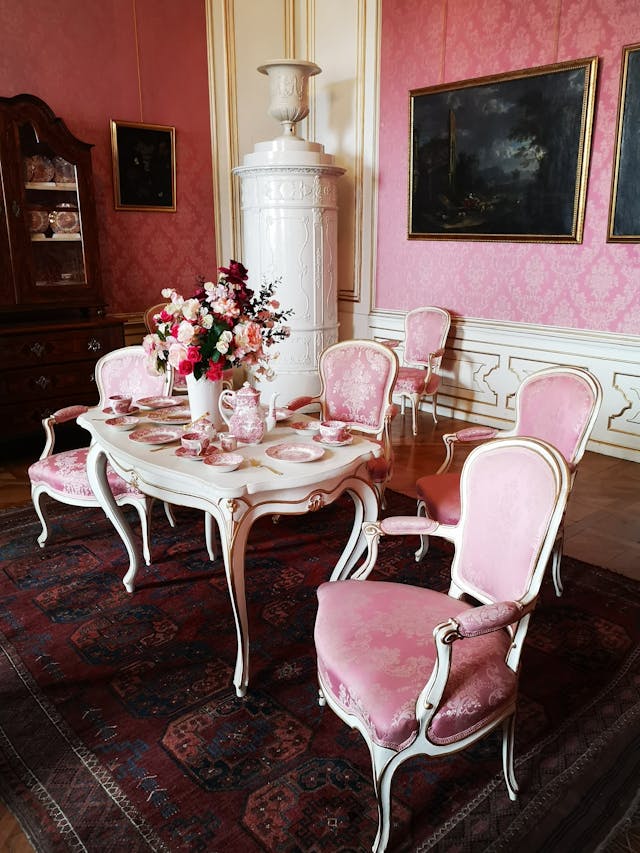
Vintage furniture was often built with specific functions in mind, and understanding its original purpose can help verify its authenticity. For example, many antique chairs, desks, and cabinets have particular structural features or mechanisms designed for durability and ease of use.
For example, a mid-century modern chair might feature a sculpted wooden frame with ergonomic considerations that would not be present in a piece of modern design. Familiarizing yourself with the functional aspects of various furniture types allows you to assess whether the piece is true to its period.
Assess the Upholstery
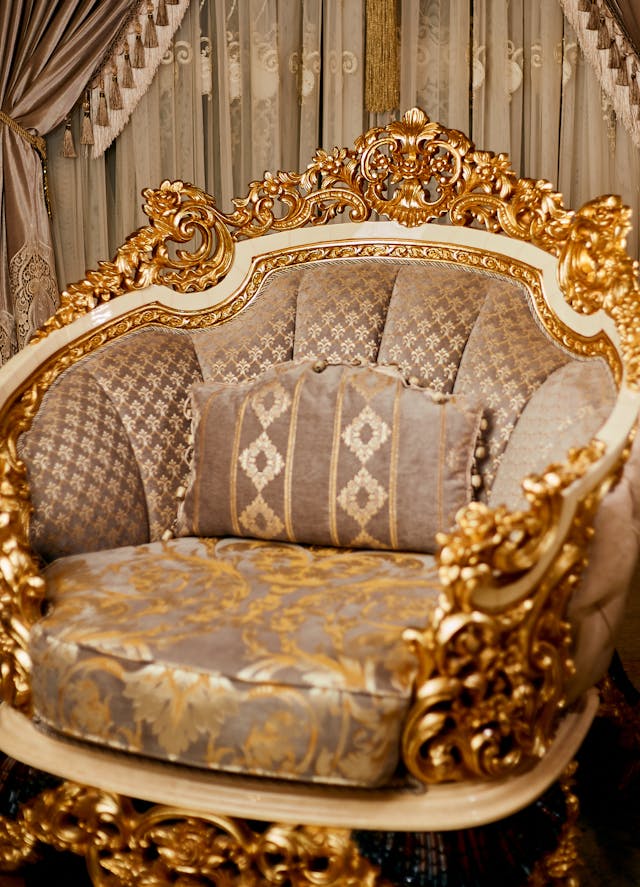
The upholstery on vintage furniture can be a good indicator of its authenticity. Vintage upholstery often features high-quality fabrics and patterns typical of specific periods. The sewing techniques and fabric choice can help you identify whether the upholstery is original or has been replaced.
Reupholstered furniture may not necessarily be a dealbreaker, but it can affect the value and authenticity. Make sure to evaluate the upholstery alongside other aspects of the piece to ensure the overall authenticity of the furniture.
This article originally appeared on Avocadu.
